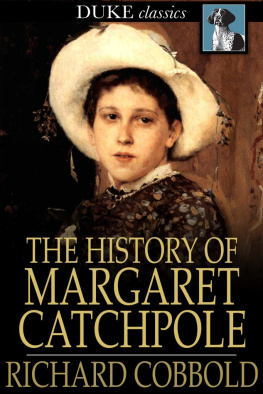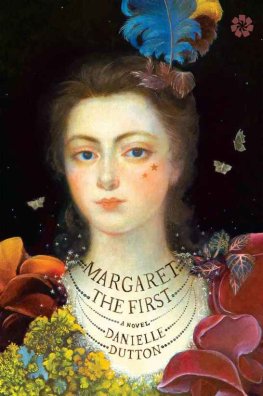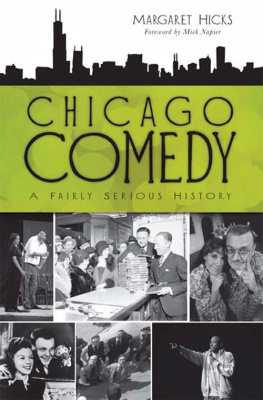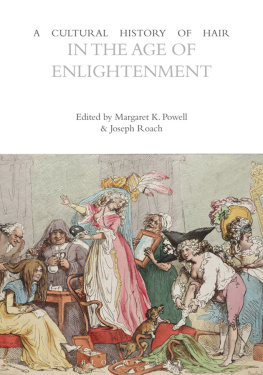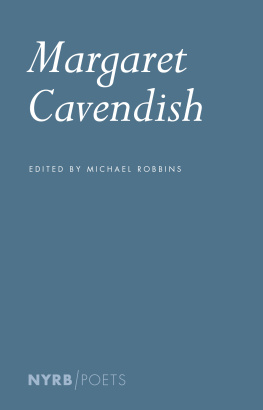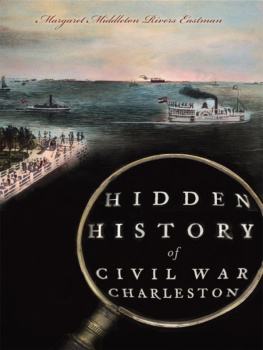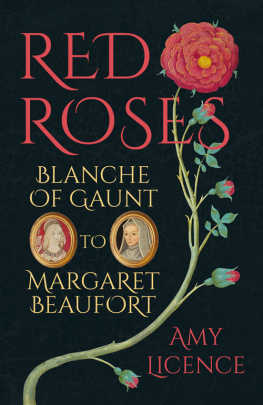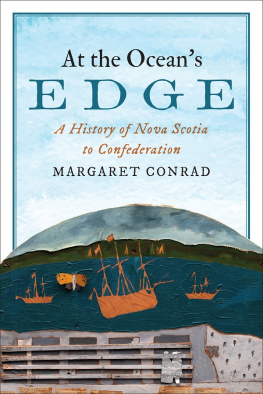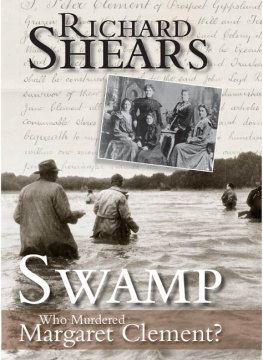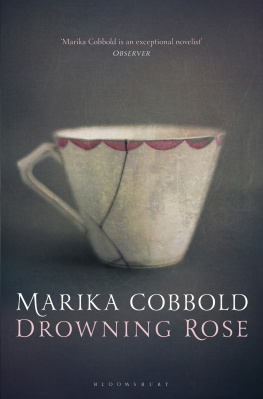Richard Cobbold - The History of Margaret Catchpole
Here you can read online Richard Cobbold - The History of Margaret Catchpole full text of the book (entire story) in english for free. Download pdf and epub, get meaning, cover and reviews about this ebook. City: S.I., year: 2012, publisher: Duke Classics, genre: Art. Description of the work, (preface) as well as reviews are available. Best literature library LitArk.com created for fans of good reading and offers a wide selection of genres:
Romance novel
Science fiction
Adventure
Detective
Science
History
Home and family
Prose
Art
Politics
Computer
Non-fiction
Religion
Business
Children
Humor
Choose a favorite category and find really read worthwhile books. Enjoy immersion in the world of imagination, feel the emotions of the characters or learn something new for yourself, make an fascinating discovery.
- Book:The History of Margaret Catchpole
- Author:
- Publisher:Duke Classics
- Genre:
- Year:2012
- City:S.I.
- Rating:3 / 5
- Favourites:Add to favourites
- Your mark:
- 60
- 1
- 2
- 3
- 4
- 5
The History of Margaret Catchpole: summary, description and annotation
We offer to read an annotation, description, summary or preface (depends on what the author of the book "The History of Margaret Catchpole" wrote himself). If you haven't found the necessary information about the book — write in the comments, we will try to find it.
The History of Margaret Catchpole — read online for free the complete book (whole text) full work
Below is the text of the book, divided by pages. System saving the place of the last page read, allows you to conveniently read the book "The History of Margaret Catchpole" online for free, without having to search again every time where you left off. Put a bookmark, and you can go to the page where you finished reading at any time.
Font size:
Interval:
Bookmark:

A Suffolk Girl
First published in 1860
ISBN 978-1-62012-875-6
Duke Classics
2012 Duke Classics and its licensors. All rights reserved.
While every effort has been used to ensure the accuracy and reliability of the information contained in this edition, Duke Classics does not assume liability or responsibility for any errors or omissions in this book. Duke Classics does not accept responsibility for loss suffered as a result of reliance upon the accuracy or currency of information contained in this book.
Three personalities interest us in reading the novel of MargaretCatchpolethe author, the heroine, and the authors mother, in whoseservice the real Margaret Catchpole was employed. Neither the author norhis mother has been the subject of much biographical effort, althoughRichard Cobbold was an industrious novelist, poet, and essayist for along period of years, and wrote this one book that will always, I think,be read. His mother, Elizabeth Cobbold, made some reputation as a writerof verse, and is immortalized for us in Charles Dickenss Mrs. LeoHunter. Fortunately we have a sketch of her by one Laetitia Jermyn,dated 1825, and attached to a volume of Poems, published at Ipswich inthat year. Laetitia Jermyn tells us that Elizabeths maiden name wasKnipe, and that she was born in Watling Street, London, about 1764, herfather being Robert Knipe of Liverpool. In 1787 she published a littlevolume of verse entitled Six Narrative Poems, which she dedicated toSir Joshua Reynolds, evidently by permission. It is clear that ingirlhood she had made the acquaintance of the great painter. Herbiographer says nothing about her being an actress, but it is atradition in Ipswich that this was for a time her profession. In 1790she was married at Liverpool to William Clarke, a Portman of theborough and Comptroller of the Customs of Ipswich, who was apparentlyabout sixty years of age and in very delicate health. The sprightlyyoung wife wrote the following lines to her husband on St. ValentinesDay, soon after their marriage:
Eliza to William this Valentine sends,
While evry good wish on the present attends;
And freely she writes, undisturbd by a fear,
Tho prudes may look scornful, and libertines sneer.
Tho tatlers and tale-bearers smiling may say,
Your Geniuses always are out of the way,
Sure none but herself would such levities mix,
With the seriousness suited to grave twenty-six.
A Wife send a Valentine! Lord, what a whim!
And then of all people to send it to him!
Make love to her husband! my stars, how romantic!
The Girl must be certainly foolish or frantic;
But I always have thought so, else what could engage
Her to marry a man who is twice her own age?
While the tabbies are thus on my motives enlarging,
My sentiments William may read in the margin.
On the wings of old Time have three months past away
Since I promisd to honour, to love, and obey,
And surely my Williams own heart will allow
That my conduct has neer disagreed with my vow.
Would health spread her wings round my husband and lord,
To his cheeks could the smiles of delight be restord;
The blessing with gratitude I should receive,
As the greatest that Mercy benignant could give;
And heedless of all that conjecture may say,
With praise would remember St. Valentines day.
I quote this valentine at length because it is a fair sample of thequality of our poets efforts. At the end of the eighteenth century, andfar into the nineteenth, a rhyming faculty of this kind was quitesufficient to make a literary reputation in an English provincial town,and in the case of Mrs. Clarke it was followed up by the writing of anovel, The Sword, published at Liverpool in 1791. It is interesting tofind the name of Roscoe the historian among the subscribers for thisbook. In the same yearwithin six months of her marriagethe writerlost her husband.
The interest of Elizabeth Knipes life, however, begins for us when veryshortly after this she became the wife of John Cobbold, of the CliffBrewery, Ipswich. Cobbold was a widower. He had already had sixteenchildren, of whom fourteen were then living. When it is remembered thatby his second wife he had six more children it will be seen that therewas a large family, and it is not surprising therefore that the Cobboldname is still very much in evidence in Norfolk and Suffolk, andparticularly in Ipswich. Placed in the bosom of this numerous family,writes her biographer, and indulged in the means of gratifying herbenevolent and liberal spirit, The Cliff became the home of herdearest affections, the residence of taste, and the scene ofhospitality. One need not complain of the lady that she was not verymuch of a poet, for she had otherwise a versatile character. In additionto being, as we are assured, a good housekeeper, she was, if herself-portraiture be accepted, a worker in many fields:
A botanist one day, or grave antiquarian,
Next morning a sempstress, or abecedarian;
Now making a frock, and now marring a picture,
Next conning a deep, philosophical lecture;
At night at the play, or assisting to kill
The time of the idlers with whist or quadrille;
In cares or amusements still taking a part,
Though science and friendship are nearest my heart.
Laetitia Jermyn tells us much about her charity and kindness of heart,her zeal in behalf of many movements to help the poor, and she dwellswith enthusiasm upon her friends literary achievements. But thescope of this Introduction to her sons book does not justify devotingmore attention to the mother, although her frequent appearance inMargaret Catchpoles partially true story demands that something be saidabout her mistress. Elizabeth Cobbold died in 1824. Her husbandoutlived her for eleven years. John Cobbold (1746-1835) traced back hisfamily in the direct line as landowners in Suffolk to a Robert Cobbold,who died in 1603. He was a banker as well as a brewer, and lived firstat The Cliff and afterwards at Holywells, which has ever since beenthe seat of the head of the family. It was the fourteenth child of hisfirst marriageHenry Gallant Cobboldwho was saved from drowning byMargaret Catchpole.
It was Richard Cobbold, one of the six sons of the second marriage ofJohn Cobbold, who was the author of this story. When he was born he hadten nephews and nieces awaiting him, the children of his brothers andsisters of the first family, and he was at school with his own nephew,who was just a fortnight younger than himself. The nephew was JohnChevallier Cobbold, who for twenty-one years represented Ipswich inParliament. For this information I am indebted to a grandson, whoalso sends me the following anecdotes:
When John Cobboldthe father of twenty-two childrenwas High Sheriff, he once persuaded the Judge to come to dine with him on condition that there should be no one to meet him except his (J. C.s) own family. When the Judge was shown into a drawing-room full of people, he was very angry, and said loudly before the company, Mr. Cobbold, you have deceived me. Explanations followed, and the Judge was introduced to the various members of the family.
Elizabeth Cobbold was in the habit of saying that when she married her husband she found no books in the house except Bibles and account-books.
Brewing was such good business in those days that John Cobbold was able to give to each of his two youngest sons (twenty-first and twenty-second children) a University education, and to buy for each of them a church living worth 1,000 a year.
Font size:
Interval:
Bookmark:
Similar books «The History of Margaret Catchpole»
Look at similar books to The History of Margaret Catchpole. We have selected literature similar in name and meaning in the hope of providing readers with more options to find new, interesting, not yet read works.
Discussion, reviews of the book The History of Margaret Catchpole and just readers' own opinions. Leave your comments, write what you think about the work, its meaning or the main characters. Specify what exactly you liked and what you didn't like, and why you think so.

